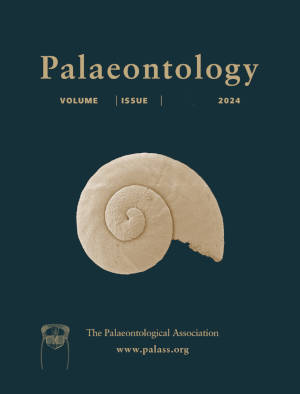Article: Response of Mediterranean Sea bivalves to Pliocene–Pleistocene environmental changes
Publication: Palaeontology
Volume:
67
Part:
2
Publication Date:
2024
Article number:
e12696
Author(s):
Alessandro Mondanaro, Stefano Dominici, and Silvia Danise
Abstract
Abstract The Mediterranean Sea is recognized as a hotspot of marine biodiversity. Analysing its past biodiversity can help in understanding species' response to climate change. We built a species-level dataset of bivalve occurrences across the Zanclean–Calabrian interval, a time characterized by significant changes in climate, and by bivalve extinctions. The dataset includes more than 400 species distributed from the eastern to the western Mediterranean Sea. We measured changes in richness and turnover through time, for the entire dataset, and for different palaeoenvironments and combinations of tiering and feeding categories to test if specific environmental conditions and different lifestyles were correlated to species extinction or survival through time. We also compared niche breadth, geographical range size, and species abundance of extinct and extant species, to test which of these parameters potentially affected extinction risk. Our results confirm a loss of biodiversity between 3 Ma and the Early Pleistocene, although this loss was less intense and more gradual than previously estimated. We also found significant differences in niche breadth and geographical range size between extinct and extant species. Suspension feeders lost a higher proportion of species and suffered a higher reduction of geographical range compared to infaunal deposit feeders. Species loss was more protracted and higher on the shoreface than on the shelf, which is probably related to the reduction of shallow-water vegetated environments and to the disaggregation of heterozoan carbonate ramp habitats with cooling and sea-level drop at the onset of the northern hemisphere glaciation.
